Oil holds steady on prospect of OPEC+ output cut, weaker dollar
SINGAPORE: Oil prices were little changed during Asian trade on Friday, though were headed for their first weekly gain in five weeks, underpinned by a weaker US dollar and the possibility that OPEC+ may agree to cut crude output when it meets on Oct 5.
Brent crude futures for November, which expire on Friday, inched down 10 cents or 0.1% to $88.39 a barrel by 0303 GMT, after losing 83 cents in the previous session. The more active December contract was unchanged at $87.18.
US West Texas Intermediate (WTI) crude futures for November delivery rose 0.1% or by 9 cents to $81.32 a barrel, after falling 92 cents in the previous session.
“A deteriorating crude demand outlook won’t allow oil to rally until energy traders are confident that OPEC+ will slash output at the October 5th meeting,” Edward Moya, senior analyst with OANDA, said in a client note.
“The weakness with crude prices is somewhat limited as the dollar softens going into quarter-end.”
Both Brent and WTI are however on track to rise by about 3% for the week, their first weekly rise since August, after hitting nine-month lows earlier in the week.
Oil prices were shored up by a drop in the dollar from 20-year highs earlier in the week. A weaker greenback makes dollar-denominated oil cheaper for buyers holding other currencies, improving demand for the commodity.
For all of September, Brent is set to drop by 8.4%, down for a fourth month. During the third quarter, Brent has plunged 23%, its first quarterly loss since the fourth quarter of 2021.
WTI is set to fall by 9.3% in September, also its fourth monthly decline, and it dropped by 23% during the quarter, the first quarterly slump since the period ending in March 2020 when COVID-19 slammed demand.
Analysts said the market appeared to have found a floor, with supply set to tighten as the European Union will ban Russian oil imports from Dec 5. However, the key unknown is how much demand will drop as global growth slows in the face of aggressive interest rate hikes.
“Fundamentally, I still think prices are likely to move higher from here on tightening of Russian sanctions and with low global crude inventories, and the SPR (US Strategic Petroleum Reserve) supplies falling off,” said National Australia Bank commodities analyst Baden Moore.
“I expect OPEC is well positioned to manage supply to offset risks to demand,” he said.
Leading members of the Organization of the Petroleum Exporting Countries (OPEC) and allies led by Russia, together called OPEC+, have begun discussing an output cut ahead of their meeting on Wednesday, three people told Reuters.
Russia could suggest a cut of up to 1 million barrels per day, a person familiar with Russian thinking on the matter said earlier this week.
“In August, OPEC+ production was estimated at around 3.37 million barrels per day below target production levels. So in reality, any cut in supply will likely be smaller than whatever figure the group announces,” said ING Economics in a note.
For the latest news, follow us on Twitter @Aaj_Urdu. We are also on Facebook, Instagram and YouTube.



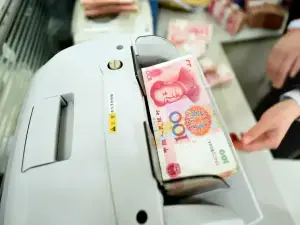
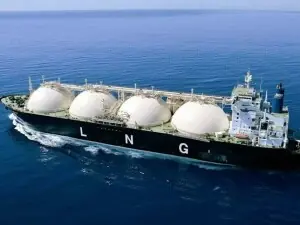





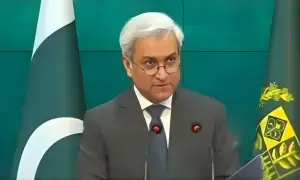



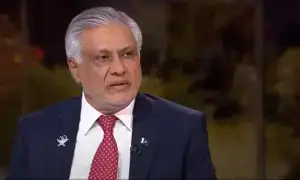





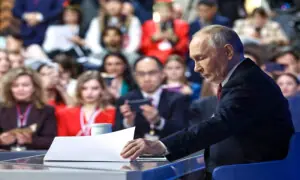
Comments are closed on this story.